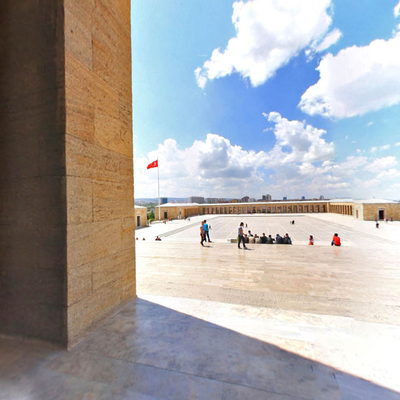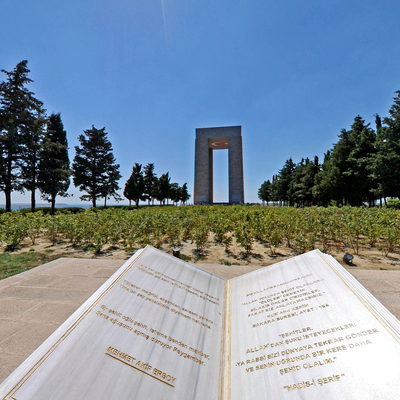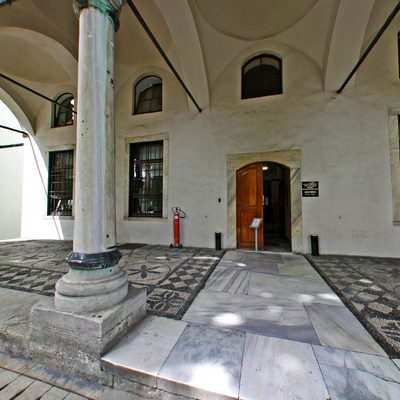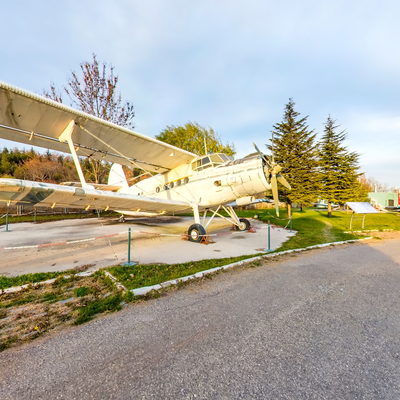Antonovan-2 was designed in 1947 as a lighter alternative to Po-2 aircraft with wooden frameworks for agricultural use and different purposes, to meet the needs of the Soviet Ministry of Forestry. AN-2 is a low-speed, double-wing aircraft designed for aerodynamic tasks such as light transport, parachuter training and agricultural pesticides. The fact that the wing surfaces are made of cloth provides an important lightness advantage. The ability to fly at low speeds and to land and take off on short pistes has been the deciding factor for AN-2 aircraft. In addition, some of the series produced in accordance with cold climatic zones and more extreme operational conditions have made An-2 aircraft attractive for areas where many aircraft can not land or take off. The Guinnness Record Book has registered the plane's 45-year production period as the longest production period.
Antonovan-2 is a double-winged aircraft with a closed cockpit, a passenger compartment with a capacity of 12 passengers and an integral metal body consisting of a cargo compartment. The prototype, defined as SKh-1 powered by the Shvetsov ASh-21 radial engine, flew on August 31, 1947. The second prototype, equipped with a more powerful Shvetsov ASh-62 engine, achieved a significant increase in utility load capacity from 1300 Kilograms to 2140 Kilograms,
After completing the AN2 flight mission, Anadolu University undertook important roles in the establishment of the Civil Aviation Vocational School of Higher Education. In 2006, the retirement age was reserved and the grant was donated to the Anadolu University Aviation Park for the public to be seen by the Rector's Office and opened on May 19, 2016.










Comments